Note: Game key for Nintendo Switch was provided by the developer. This had no bearing on our review.
It is clear from the moment the game begins, from the title screen to The Mooseman’s first steps, that the designers care deeply for their source material. Having native speakers of Komi-Permyak work to translate the game and directly incorporating artifacts found in the region into in-game collectibles shows a dedication to proper representation that many creators do not acknowledge. From faces on cave walls to spirits dwelling in the deep dark, it is clear that the essence of the game is rooted in the histories and myths of the region.
Your journey as The Mooseman is one that takes you through from the deepest recesses of the Lower World, moving alongside the spirits, to the Middle World, standing with humankind, and finally to the Upper World, soaring with the gods themselves. In order to fulfill The Mooseman’s duty of retrieving the sun for mankind each day, you are tasked with moving from world to world passing by spirits, monsters, and gods along the way. Unfortunately, moving seems to be the only task in the game.
The wondrous art direction and immersive score work diligently to maintain a consistent and compelling experience, but the gameplay of The Mooseman is lacking. It is immediately apparent that the game was designed around the story and not the other way around. Upwards of ninety percent of the game was simply holding down right on my directional pad and walking, which made progressing through levels feel more like browsing the pages of a comic book than it did playing a video game. This interactive comic book experience is echoed by the idols that serve as the game’s checkpoints.
Each idol you pass provides another few fragmented lines of the story of The Moosemen, the sons of the creator, Yen. The newly illuminated idol’s story serves as a clue and often direct answer to what you have to do until the next checkpoint. Through this lens, The Mooseman gives a platform to an ancient story, long lost to the world, but it does not provide any mechanical challenge. Instead, I found myself regularly fighting the technical challenges of poor menu navigation, like my cursor on the main menu highlighting “New Game” rather than “Continue” by default, or having “Continue” rest at the bottom of the quick pause menu.
The few puzzles presented on the path toward the sun that are not immediately answered by the idols’ story were still simple. Many of them involved walking at a slightly different pace or stepping on stones in a random order to open the door directly in front of you. On the journey you gain two abilities: one which allows you to don or doff a spirit mask that gives insight into either the spirit world or the physical world and one that operates as a light and a shield against the darkness.
These powers (the second becoming available around halfway through the game) bring the grand total of commands to four: left, right, mask, and light. The two abilities allow you to interact with the environment differently depending on the plane you choose to view or the object you choose to illuminate, but it quickly becomes clear that there are still only one of three solutions to anything: walk past it, look at it with or without the mask and walk past it, or activate it with your staff. This leaves us with our unused fourth button.
The only in-game reason for walking to the left was to find hidden glyphs that, when collected, display a blurb from a museum exhibition label and describe the artistic focus and cultural significance of its symbol. While the collectibles make for interesting asides that further elaborate on Perm animal style art and the cultures of the region, they do not add any further challenge to the gameplay as they are more often than not hidden directly to the left of an area.
The atmosphere created by the harmony of the art and score creates a beautifully meditative space that shares unique folklore with a new audience. The Mooseman affectionately pays homage to a period in history and a group of cultures that the creators clearly care deeply about, and for those interested in learning more about the cultures depicted it is well worth the trip through the worlds. If, however, an experienced gamer is looking for a challenging platformer, they have likely come to the wrong place. With my feet firmly planted in both camps, I thoroughly enjoyed experiencing a creation myth in an interactive format, but through every new level I anxiously awaited a new puzzle or ability to add depth to that interactivity, and it never really came.
Pros
+ Beautifully contrasting art style based on genuine historical artifacts
+ Unsettling, meditative score that adapts well to each of the game’s environments
+ Offers culturally sensitive insight into native Siberian cultures by sharing their stories
+ Opportunity to engage directly with a unique and localized mythology
Cons
– Lack of mechanical challenge
– Poor menu design
– Slow pacing (depending on what you’re looking for, this could be a pro)


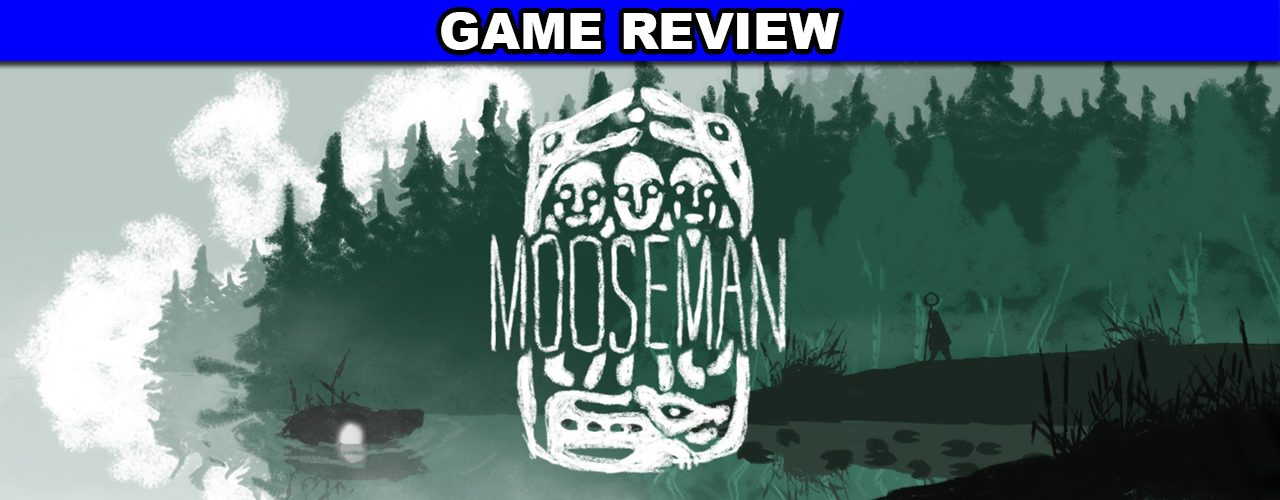
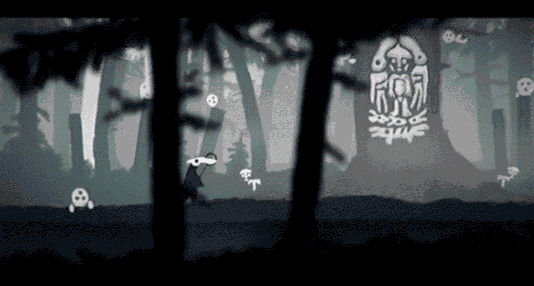
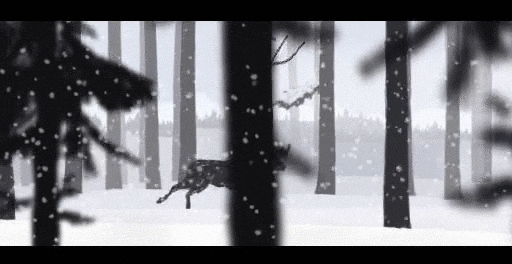
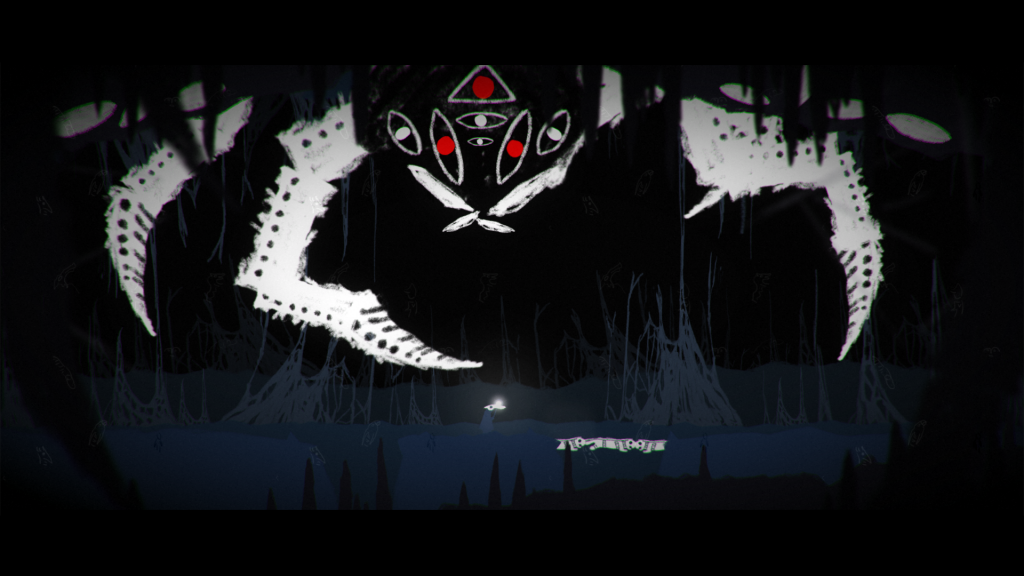





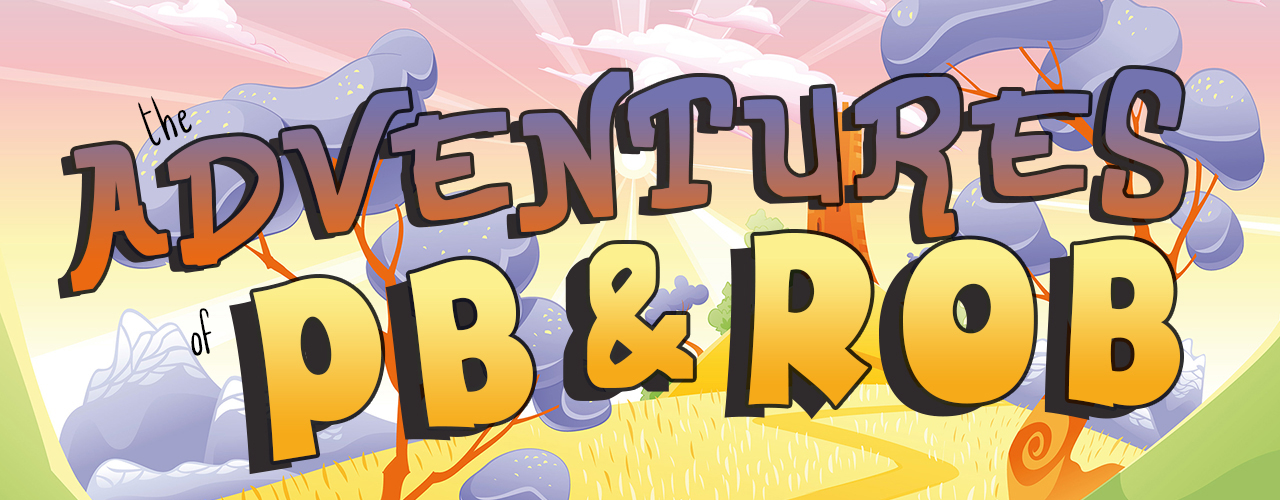

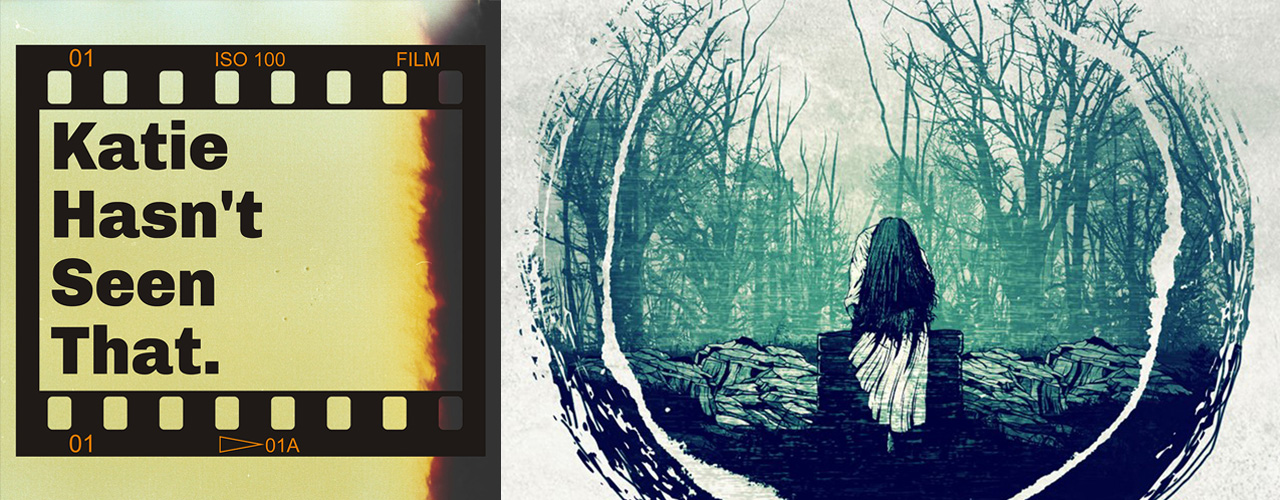
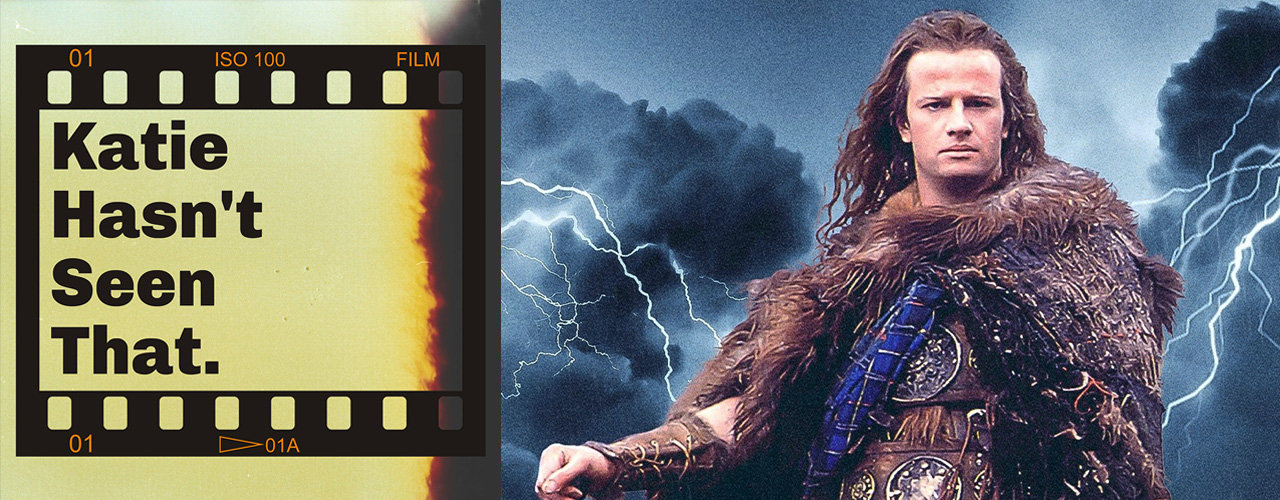





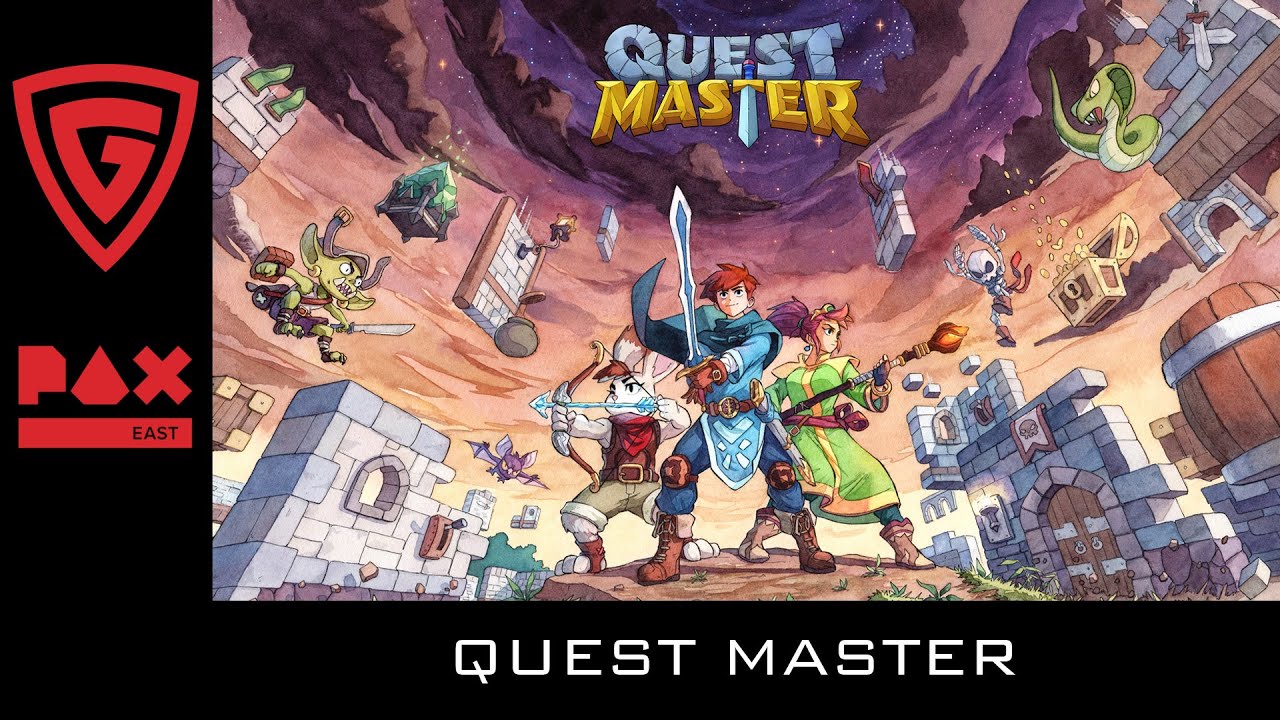
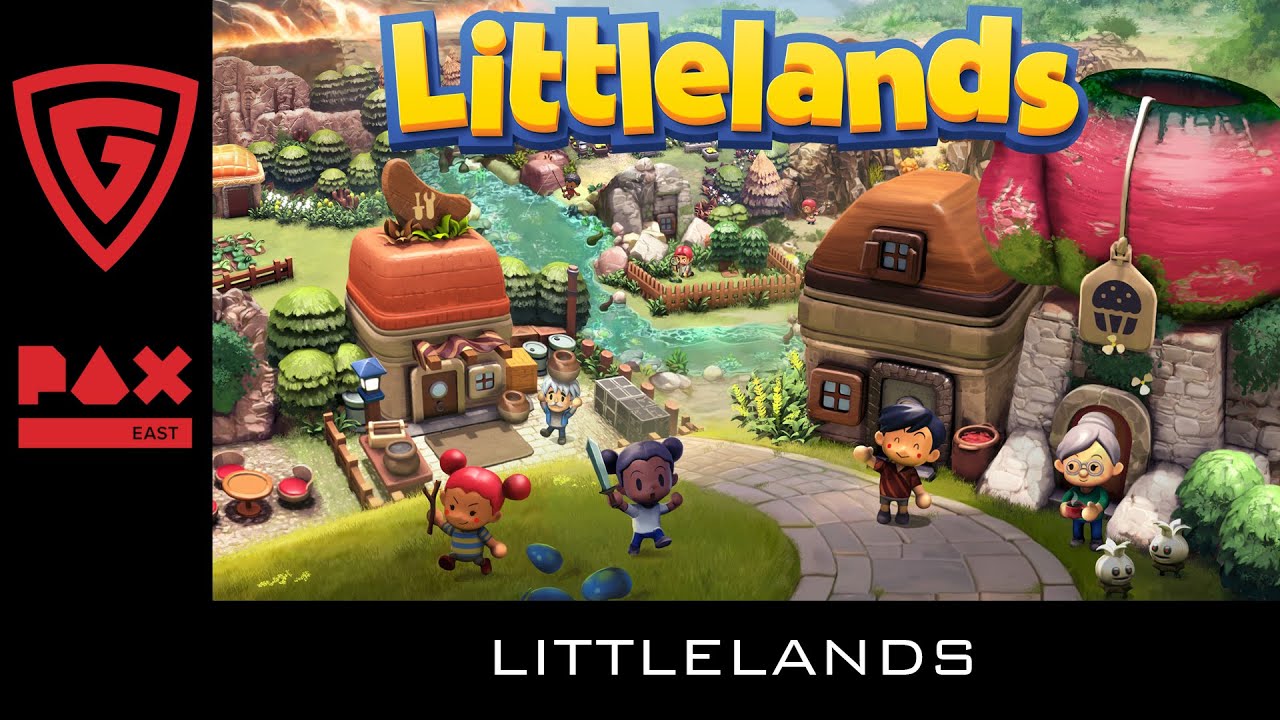

Add comment